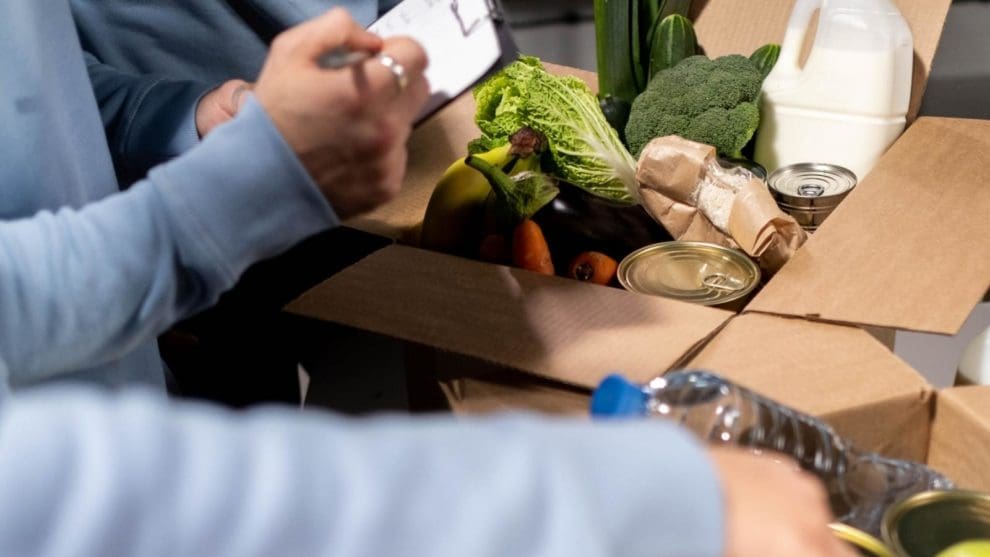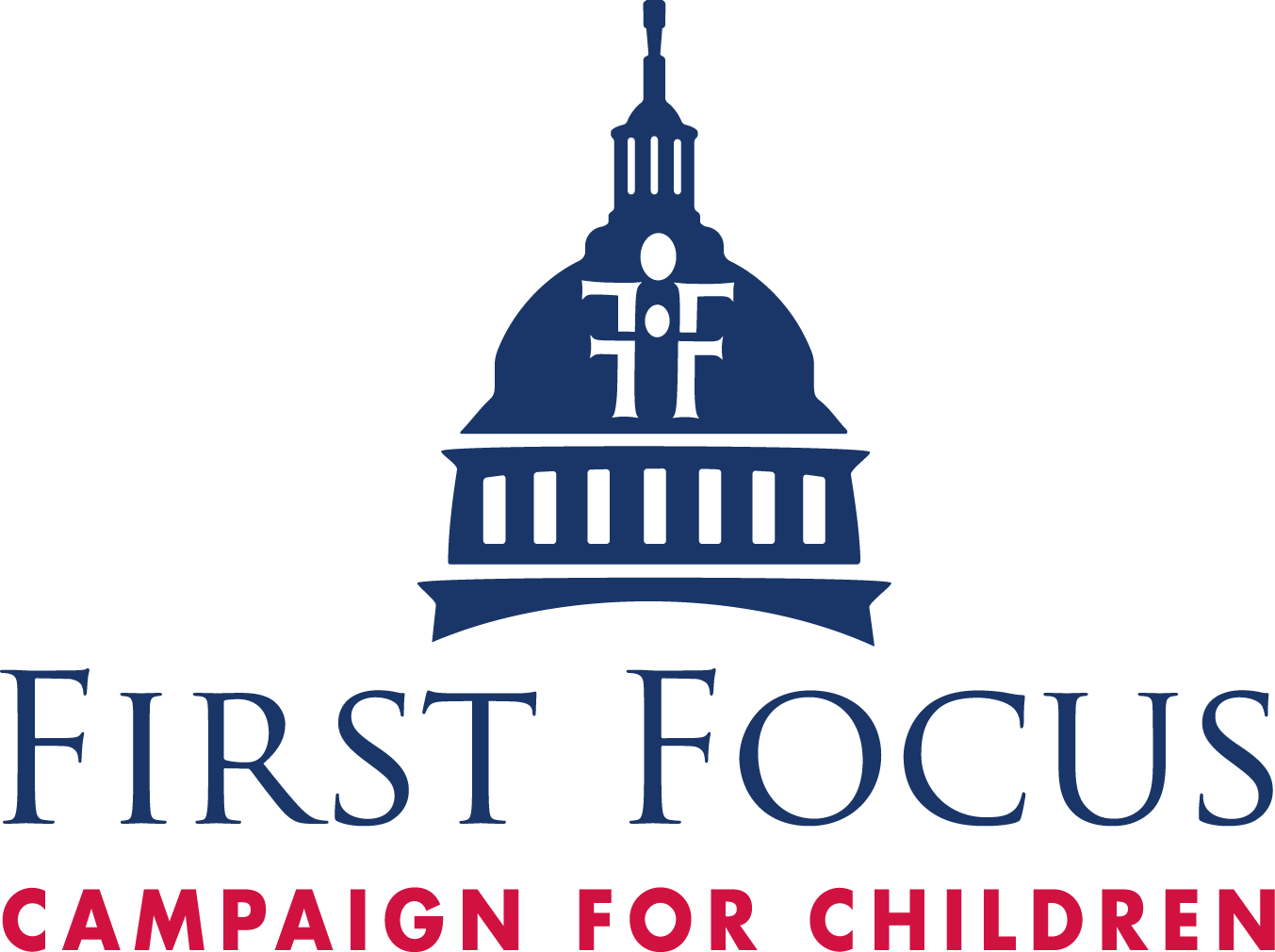
Heading into Thanksgiving, the negative economic reverberations of the COVID-19 pandemic continue to be strongest for families with children who were already struggling to make ends meet. While aid — including cash assistance, income support, rental assistance, subsidized health care coverage, nutrition assistance, and more — has mitigated spikes in hardship, communities are still experiencing high levels of homelessness, housing instability, and hunger.
Child Homelessness
For the past year, 14-year-old Kyah has slept on the floor of a relative’s house, living out of a single room with her mother and older sister. Throughout the United States, homeless children like Kyah remain hidden in their communities as they sleep on the couch or floor of another person’s home, in hotel or motel rooms, cars, or on public transportation.
Many communities have no family or youth shelters, and even if they do, shelters are often full. Shelter policies may also prevent families from all staying together. While homelessness for children and youth can take different forms, it always results in frequent upheaval, volatility, and a loss of stability. Children and youth are forced to make frequent moves and cycle between inadequate and often unsafe situations, causing disruption to children’s education, health care, and more.
Child and youth homelessness in the United States is all too common. The latest national data shows that estimated 1-in-41 school-age children are homeless. Young children — those under 6 — experience twice that rate with 1-in-18 living in homeless situations. Homelessness is even more prevalent among children of color —Black, Hispanic, Native American, Native Hawaiian, and Alaskan high school students disproportionately experience homelessness compared to their white or Asian peers.
Quantifying the actual increase in child and youth homelessness as a result of the COVID-19 outbreak remains difficult, as there is a lag in national data reporting and the pandemic disruptions of in-person attendance at many schools and other public institutions made it hard for school homeless student liaisons to find and identify homeless children and youth in their community. Yet there is evidence of rising student and family homelessness from around the country.
Millions more children and youth remain at risk of homelessness. Recent data from the Census Household Pulse Survey showed that more than 5.7 million adults in households with children — or about 21% — are behind on rent. This number is even higher for Black households, with nearly 30% of Black renters with children behind on rent. A recent study from Chapin Hall at the University of Chicago found that 3.8 million young adults ages 18-to-25 have little or no confidence in their household’s ability to pay next month’s rent. Hispanic young adults were roughly twice as likely and Black youth were nearly three times as likely as their White peers to report little or no confidence in their ability to pay next month’s rent. With the national eviction moratorium no longer in place, millions of households remain at risk of losing their homes.
Families with children, and youth on their own, often become homeless due to traumatic experiences such as job loss, substance abuse, mental health issues, and domestic violence. While poverty is inextricably linked to homelessness, often these issues are discussed and addressed in policy silos, as if children experiencing poverty and children experiencing homelessness are two completely separate populations.
A bipartisan resolution (S. 452), led by Sens. Joe Manchin (D-WV) and Susan Collins (R-ME) passed in the Senate recently designating November as National Homeless Children and Youth Awareness Month. This designation is a good step toward raising awareness. We urge Congress to take the following additional steps to connect homeless children, youth, and families with the holistic support they need to achieve stability:
- Pass the Homeless Children and Youth Act (S. 1469)
- Establish a new grant program within HHS to address child, youth, and family homelessness that allocates funds to those agencies working most closely with homeless children and youth
- Increase funding for the McKinney-Vento Education for Homeless Children and Youth (EHCY) Program by at least $40 million as proposed in the FY 2022 Senate Labor-H Subcommittee Appropriations bill
- Increase access to affordable housing through rental assistance included in the Build Back Better Act, by passing the Family Stability and Opportunity Vouchers Act (S. 1991) and by creating a renter’s tax credit such as proposed in the Rent Relief Act of 2019
- Do more to help prevent evictions by passing the bipartisan Eviction Crisis Act (S. 2182)
- Increase access to cash assistance by making permanent American Rescue Plan improvements to the Child Tax Credit and Earned Income Tax Credit.
Child Hunger
Before COVID-19, 11.2 million children lived in a food-insecure household. The public health and economic crises caused by the coronavirus only exacerbated the problem, leaving nearly 15 million children without enough to eat in 2020.
Food insecurity—which leads to poor nutrition—directly influences health and well-being throughout a child’s life. Food insecurity is specifically associated with poorer physical and mental health, lower school performance, and diminished psychosocial functioning. Families primarily suffer from food insecurity because they lack the resources to access and purchase healthy, adequate food. Federal food assistance and child nutrition programs are critical supports, filling the gaps and fighting hunger and poor nutrition when low-income families struggle to put food on the table.
During the COVID-19 pandemic, Congress made critical investments to the Supplemental Nutrition Assistance Program (SNAP), which serves as the first line of defense against hunger for children. The program saw a 15% boost to the maximum benefit issued, which helped the lowest-income families put food on the table. Congress also bolstered school nutrition programs, which faced unprecedented challenges in getting meals to students when schools shut down across the country. School nutrition programs, such as the National School Lunch Program, provide an important shield against child food insecurity. They also improve the diets of millions of children — one study found that school meals are the healthiest meals that some children have every day.
Congress also established the Pandemic EBT program, which provided funds to families to supplement the meals that students missed while schools were closed. While some states were slow in getting the money to families, the program was able to lift 3.9 million low-income children out of hunger the week following benefit disbursement.
Pandemic policies have illustrated the positive impact of government investment in food assistance programs. However, sustained investment is needed to tackle the long-term issue of child hunger. We urge Congress to:
- Increase access to nutrition assistance by making improvements to SNAP and child nutrition programs. The U.S. Department of Agriculture recently revised SNAP’s Thrifty Food Plan to increase benefits to recipients by more than 25% of pre-pandemic levels – the largest increase in the program’s history. This change is an important first step, but SNAP benefits remain too low and administrative barriers still prevent families from getting the consistent support they need.
- Ensure that all children have steady access to school meals throughout the year by providing free school meals to all students regardless of income. A universal school meals program would remove the stigma associated with free school meals, reduce the administrative burden on school nutrition programs, and would ensure that every single student would receive nutritious meals while they are at school.
- Create a permanent Electronic Benefit Transfer (EBT) program for when school is out, including for summer breaks, and any other time that schools are shut for an extended period. The COVID-19 pandemic has shown that when schools close, students suffer not only learning disruptions, but a loss of food and other critical resources.
Child Hunger and Homelessness are Inextricably Linked
In addressing the issues of child hunger and homelessness, lawmakers should not work in policy siloes. These two problems are linked, and schools can be leveraged to address both. As SchoolHouse Connection Executive Director Barbara Duffield explained in recent Congressional testimony: “Homelessness is inextricably connected to hunger. Families and youth stay hungry in order to stay housed; they eat less in order to pay rent. Once homeless, finding food or accessing meals becomes much more challenging. Moving from place to place, not having transportation or cooking facilities (or even a can opener) are all real barriers.”
Children and youth experiencing homelessness are automatically eligible for free school meals, making schools a critical place for them to get steady access to nutritious food while experiencing upheaval and hardship. When schools closed during the pandemic, that stable presence was lost. As we continue to recover from the economic repercussions of the pandemic, lawmakers must continue to leverage the unique ability of schools to combat child hunger and homelessness.

